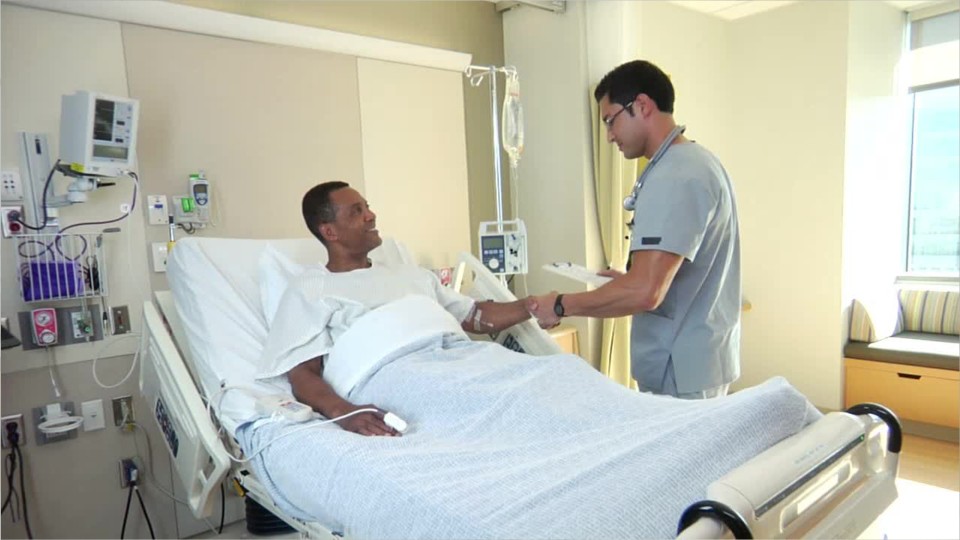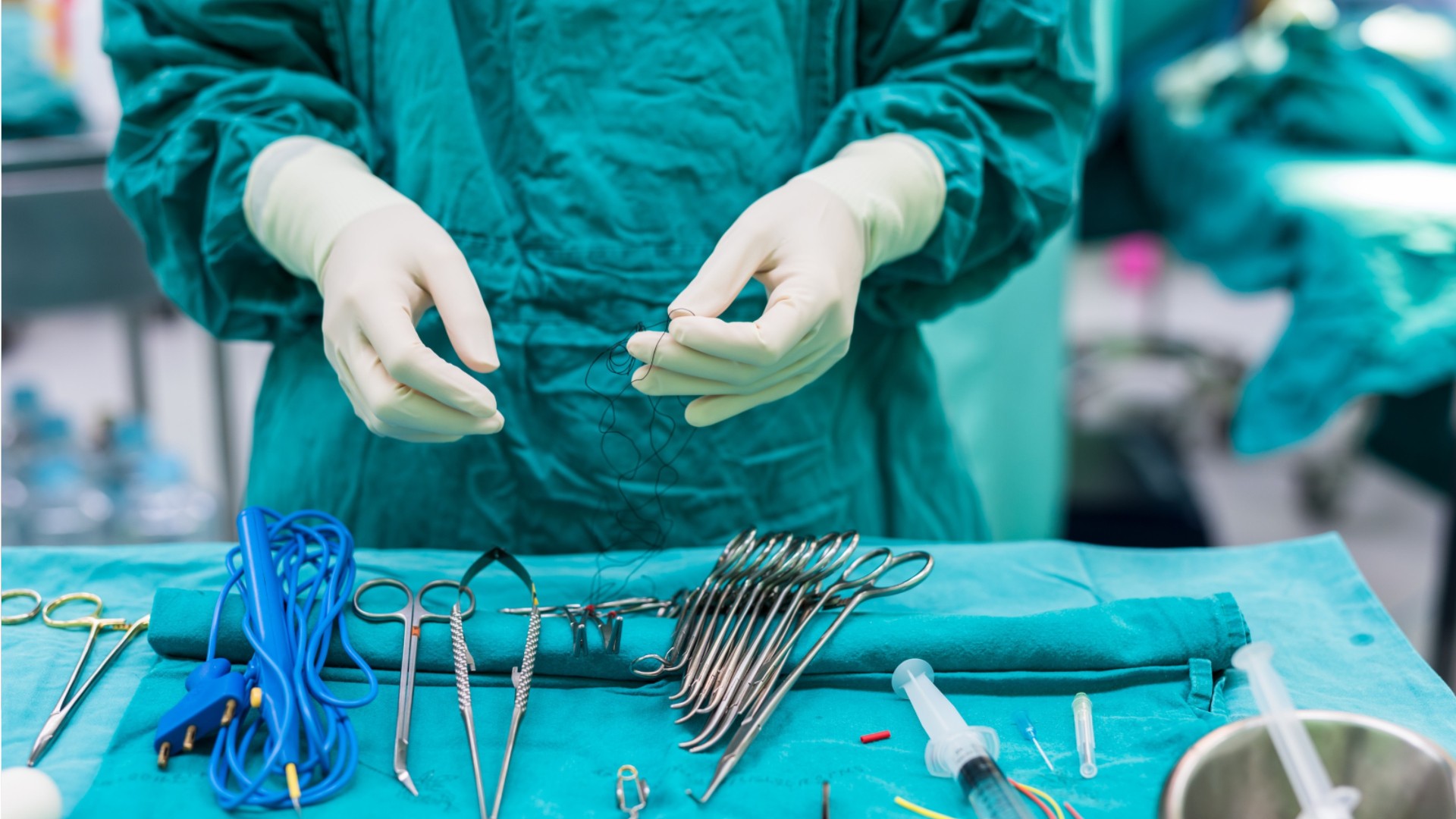Ophthalmic Laboratory Technician
Ophthalmic Laboratory Technician
Career Overview
Ophthalmic laboratory technicians use specialized equipment to produce and clean eyeglasses, contact lenses, or other optical components.
Education
A high school diploma or equivalent is necessary to obtain these positions. Some organizations may require that students complete a program related to ophthalmic laboratory technology. These programs are typically offered through colleges.
Future Outlook
Overall employment of dental and ophthalmic laboratory technicians and medical appliance technicians is projected to grow 9 percent from 2019 to 2029, much faster than the average for all occupations. However, because medical appliance and ophthalmic laboratory technicians have relatively small employment numbers, the fast growth will result in only about 1,700 and 2,300 new jobs, respectively, over the decade.
Work Environment
Dental and ophthalmic laboratory technicians and medical appliance technicians often work in laboratories. Other technicians work in health and personal care stores or in healthcare facilities. Most work full time.
Recommended High School Courses
- Computer Programming
- Computer Science
- Art
- Science - as much as possible!
- Critical Thinking - Using logic and reasoning to identify the strengths and weaknesses of alternative solutions, conclusions or approaches to problems.
- Judgment and Decision Making - Considering the relative costs and benefits of potential actions to choose the most appropriate one.
- Monitoring - Monitoring/Assessing performance of yourself, other individuals, or organizations to make improvements or take corrective action.
- Operation and Control - Controlling operations of equipment or systems.
- Operation Monitoring - Watching gauges, dials, or other indicators to make sure a machine is working properly.
- Quality Control Analysis - Conducting tests and inspections of products, services, or processes to evaluate quality or performance.
- Reading Comprehension - Understanding written sentences and paragraphs in work related documents.
- Time Management - Managing one's own time and the time of others.
- Administration and Management - Knowledge of business and management principles involved in strategic planning, resource allocation, human resources modeling, leadership technique, production methods, and coordination of people and resources.
- Customer and Personal Service - Knowledge of principles and processes for providing customer and personal services. This includes customer needs assessment, meeting quality standards for services, and evaluation of customer satisfaction.
- Mathematics - Knowledge of arithmetic, algebra, geometry, calculus, statistics, and their applications.
- Mechanical - Knowledge of machines and tools, including their designs, uses, repair, and maintenance.
- Production and Processing - Knowledge of raw materials, production processes, quality control, costs, and other techniques for maximizing the effective manufacture and distribution of goods.
- Arm-Hand Steadiness - The ability to keep your hand and arm steady while moving your arm or while holding your arm and hand in one position.
- Category Flexibility - The ability to generate or use different sets of rules for combining or grouping things in different ways.
- Control Precision - The ability to quickly and repeatedly adjust the controls of a machine or a vehicle to exact positions.
- Deductive Reasoning - The ability to apply general rules to specific problems to produce answers that make sense.
- Finger Dexterity - The ability to make precisely coordinated movements of the fingers of one or both hands to grasp, manipulate, or assemble very small objects.
- Flexibility of Closure - The ability to identify or detect a known pattern (a figure, object, word, or sound) that is hidden in other distracting material.
- Information Ordering - The ability to arrange things or actions in a certain order or pattern according to a specific rule or set of rules (e.g., patterns of numbers, letters, words, pictures, mathematical operations).
- Manual Dexterity - The ability to quickly move your hand, your hand together with your arm, or your two hands to grasp, manipulate, or assemble objects.
- Near Vision - The ability to see details at close range (within a few feet of the observer).
- Perceptual Speed - The ability to quickly and accurately compare similarities and differences among sets of letters, numbers, objects, pictures, or patterns. The things to be compared may be presented at the same time or one after the other. This ability also includes comparing a presented object with a remembered object.
- Problem Sensitivity - The ability to tell when something is wrong or is likely to go wrong. It does not involve solving the problem, only recognizing there is a problem.
- Rate Control - The ability to time your movements or the movement of a piece of equipment in anticipation of changes in the speed and/or direction of a moving object or scene.
- Reaction Time - The ability to quickly respond (with the hand, finger, or foot) to a signal (sound, light, picture) when it appears.
- Selective Attention - The ability to concentrate on a task over a period of time without being distracted.
- Speech Recognition - The ability to identify and understand the speech of another person.
- Visual Color Discrimination - The ability to match or detect differences between colors, including shades of color and brightness.
- Visualization - The ability to imagine how something will look after it is moved around or when its parts are moved or rearranged.
- Wrist-Finger Speed - The ability to make fast, simple, repeated movements of the fingers, hands, and wrists.
- Written Comprehension - The ability to read and understand information and ideas presented in writing.
- Mount materials or workpieces onto production equipment.
- Shape glass or similar materials.
- Measure dimensions of completed products or workpieces to verify conformance to specifications.
- Weigh finished products.
- Clean workpieces or finished products.
- Align parts or workpieces to ensure proper assembly.
- Read work orders or other instructions to determine product specifications or materials requirements.
- Repair medical or dental assistive devices.
- Mount attachments or tools onto production equipment.
- Select production equipment according to product specifications.
- Set equipment controls to meet cutting specifications.
- Construct customized assistive medical or dental devices.
- Immerse objects or workpieces in cleaning or coating solutions.
- Operate grinding equipment.
- Polish materials, workpieces, or finished products.
- Draw guide lines or markings on materials or workpieces using patterns or other references.
- Operate painting or coating equipment.
- Solder parts or workpieces.
- Remove workpieces from molds.
Related Careers
References
Trend Analysis - Explorer the Market, Labour Market Information, Government of Canada https://www.jobbank.gc.ca/trend-analysis.
O*NET OnLine, National Center for O*NET Development, https://www.onetonline.org/.



